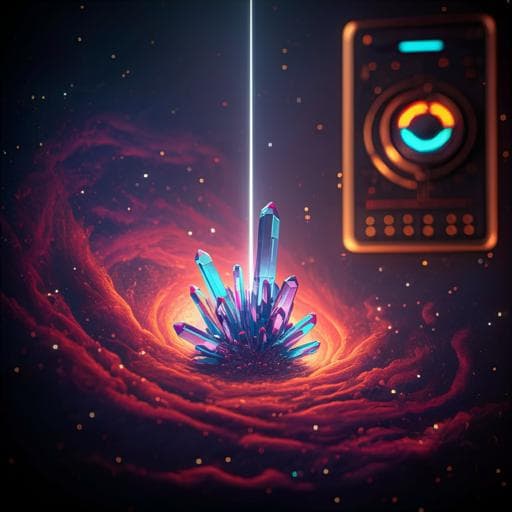
Engineering and Technology
Quantum random number generation based on a perovskite light emitting diode
J. Argillander, A. Alarcón, et al.
Discover a groundbreaking quantum random number generator (QRNG) that leverages a perovskite light-emitting diode (PeLED) as its innovative light source. This research, conducted by Joakim Argillander, Alvaro Alarcón, Chunxiong Bao, Chaoyang Kuang, Gustavo Lima, Feng Gao, and Guilherme B. Xavier, achieves impressive generation rates over 10 Mbit/s, leading the way for secure quantum technology applications.
~3 min • Beginner • English
Related Publications
Explore these studies to deepen your understanding of the subject.







